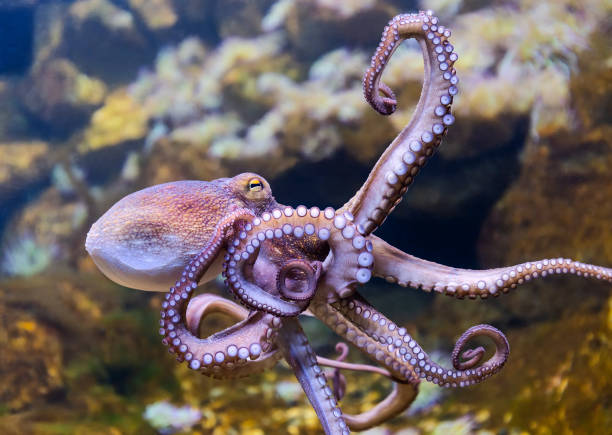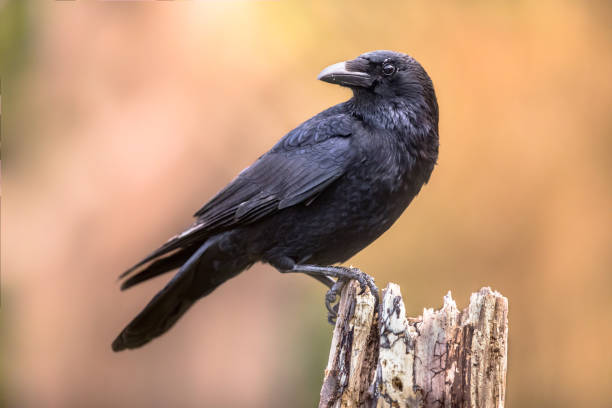Crunch Time: Why Edible Insects are the Future of Gastronomy
In the quest to find sustainable and nutritious sources of food, have you ever considered insects? While the idea may seem outlandish, insect cuisine is gaining traction worldwide. This article explores this fascinating trend, delving into the reasons behind its rise, the types of insects consumed, and the impact on global food security.

A Sustainable and Nutritious Food Source
Edible insects are not a new phenomenon. Several cultures have been using insects as a food source for centuries. From the crunchy chapulines (grasshoppers) in Mexico to the silkworms in Korean cuisine, insects have been a part of traditional diets. What has changed is the perception of insects as a sustainable and nutritious alternative to traditional protein sources.
Edible insects are a rich source of proteins, vitamins, and minerals. They require less feed, reproduce quickly, and emit fewer greenhouse gases compared to traditional livestock. This makes them an eco-friendly and nutritious food source.
Global Acceptance and Trends
The global acceptance of insects as food is on the rise. The market for edible insects is expected to reach $1.18 billion by 2023. This trend is driven by a growing awareness of the environmental and nutritional benefits of insect consumption.
Several innovative companies are tapping into this market, creating products like cricket flour, insect protein bars, and even insect-based pet food. Fine dining restaurants are also experimenting with insect-based dishes, offering a unique gastronomic experience.
Diverse Insect Delicacies
The world of edible insects is diverse and fascinating. Crickets, mealworms, and silkworms are among the most commonly consumed insects, but there are more than 2,000 edible insect species.
Each insect species have unique taste profiles. Crickets are often described as having a nutty flavor, while mealworms have an earthy taste. This opens up a wide range of culinary possibilities, from insect-based snacks to gourmet dishes.
The Art of Cooking Insects
Cooking with insects requires creativity and an open mind. Chefs around the world are experimenting with various cooking techniques to bring out the best flavors of insects. Roasting, frying, boiling, and grinding into a flour are common ways to prepare insects.
Insects can also be incorporated into a variety of dishes. They can be used as a protein source in salads, mixed into pasta sauces, used as a topping on pizzas, or baked into bread.
Beyond the Plate: Edible Insects and Food Security
Edible insects also hold great potential for addressing global food security issues. As the global population continues to grow, so does the demand for food. Traditional sources of protein like beef and chicken require vast amounts of resources to produce. In contrast, insects are a more sustainable and efficient protein source.
In conclusion, edible insects represent an exciting frontier in the world of gastronomy. They offer a sustainable and nutritious alternative to traditional protein sources, while also presenting unique culinary opportunities. While eating insects may not be for everyone, it is a trend that is here to stay.
- Crickets are rich in protein and essential amino acids.
- The UN Food and Agriculture Organization (FAO) has recognized the potential of edible insects in combating global food insecurity.
- Insect farming uses significantly less water and land than traditional livestock farming.
- Edible insects are considered a ‘novel food’ under EU law, and companies must apply for authorization to sell them.
- Insects can be used in a variety of dishes, from snacks to gourmet meals.
So the next time you see a cricket, don’t squirm. It might just be your next meal.





